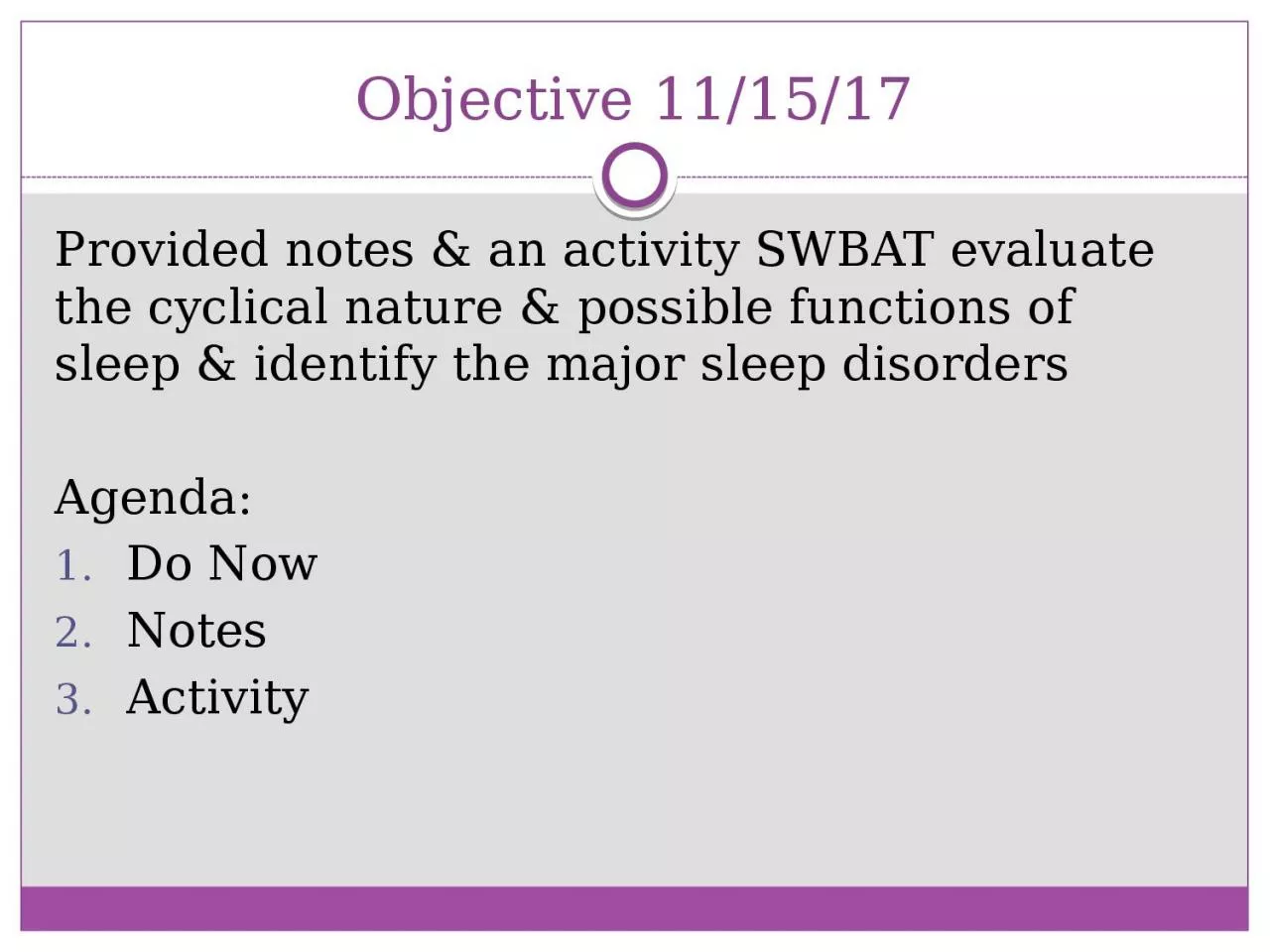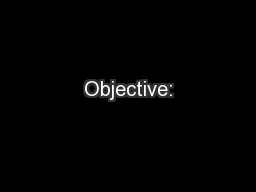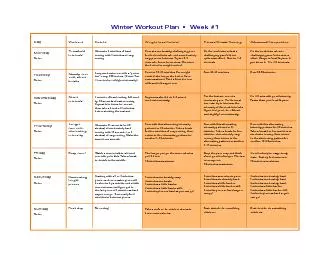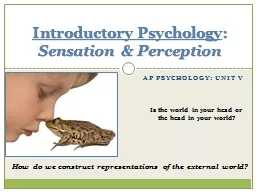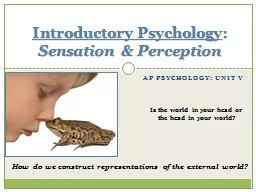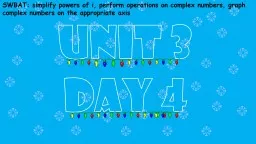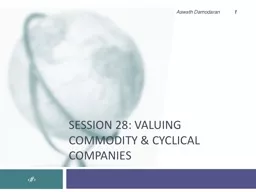PPT-Objective 11/15/17 Provided notes & an activity SWBAT evaluate the cyclical nature
Author : patricia | Published Date : 2022-07-26
Agenda Do Now Notes Activity Do Now The Sleep Myths QuizHow much do you know Ap psychology unit 4 States of Consciousness Topic Patterns Theories Disorders and
Presentation Embed Code
Download Presentation
Download Presentation The PPT/PDF document "Objective 11/15/17 Provided notes &..." is the property of its rightful owner. Permission is granted to download and print the materials on this website for personal, non-commercial use only, and to display it on your personal computer provided you do not modify the materials and that you retain all copyright notices contained in the materials. By downloading content from our website, you accept the terms of this agreement.
Objective 11/15/17 Provided notes & an activity SWBAT evaluate the cyclical nature: Transcript
Download Rules Of Document
"Objective 11/15/17 Provided notes & an activity SWBAT evaluate the cyclical nature"The content belongs to its owner. You may download and print it for personal use, without modification, and keep all copyright notices. By downloading, you agree to these terms.
Related Documents

